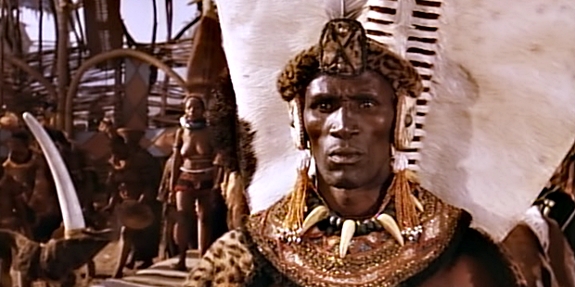The noble savage and the starving child are part of an altogether very white discourse
“Against stereotypes”, we announced our mission in the first ZAM Chronicle. And to our great delight, many news sites, print media and individuals welcomed our effort to publish contributions from African investigators, thinkers and artists that contradict tired old clichés about helplessness and misery, of noble savages and banana skirts.
It is good to note a growing international fatigue when it comes to clichés about Africa. But this is only the beginning of the discussion. For example: what is a wrong stereotype and what is simply a useful generalisation? It is a true generalisation to say that, on the whole, European people are still a lot richer than African people. The wine drinking, Voltaire-quoting charmer is a superficial, but nevertheless often true, stereotypical image of a Frenchman.
But the stereotypical images of Africa are not like that. They are not about what Tanzanians wear, what Zimbabweans eat or Kenyans write. There is no cliché of an ugali-eating, Achebe–quoting, Ugandan patriarch. Most African stereotypes have not originated by themselves, but are objects, projections of white discourse. When whites felt good about colonisation, Africans were happy slaves. When the West started feeling bad about its exploitative endeavours, it projected ‘them’ as in need of our help. When much development aid was unmasked as rather unhelpful, the discourse changed again. Just in: cheerful and strong images, often juxtaposed with the word ‘proud’.
The poor-but-proud black woman. The illiterate-but-proud peasant. Usually, there is no explanation as to why these individuals would be so proud. Ever heard of a poor white person who was proud and poor? Proud of being poor? Or is the proud poor black person simply a new projection of the dominant white narrative? Does it need ‘them’ to be proud and happy and positive now, so that it can stop worrying about ‘them’? One doesn’t counter the negative projections by replacing them with positive ones.
ZAM Chronicle wants to put out to the world what African thinkers, activists, investigators, authors, photographers, philosophers and artists, actually say and do. And that is not just because it is nice to have a better, truer, international perception of a certain continent. We don’t aim only at an audience specifically interested in the geographical area of Africa. We reach out to a general audience everywhere, because black and white is everywhere, rich and poor are everywhere, tradition and modernity are everywhere. This is why our logo says ‘It’s not about Africa.’
It is in this international discourse that old projected stereotypes of Africans and black people (and, conjointly, the accepted stereotypical narrative of whites – a mere 12 % of the world population – as the ones with the agency, the ones who set the agendas, who think of recipes for what to do with ‘others’, and so on) do a lot of damage.
It is this international discourse that ZAM Chronicle wants to set a bit straighter, by loudly and boldly presenting African perspectives.
It’s not about Africa. Not at all.


